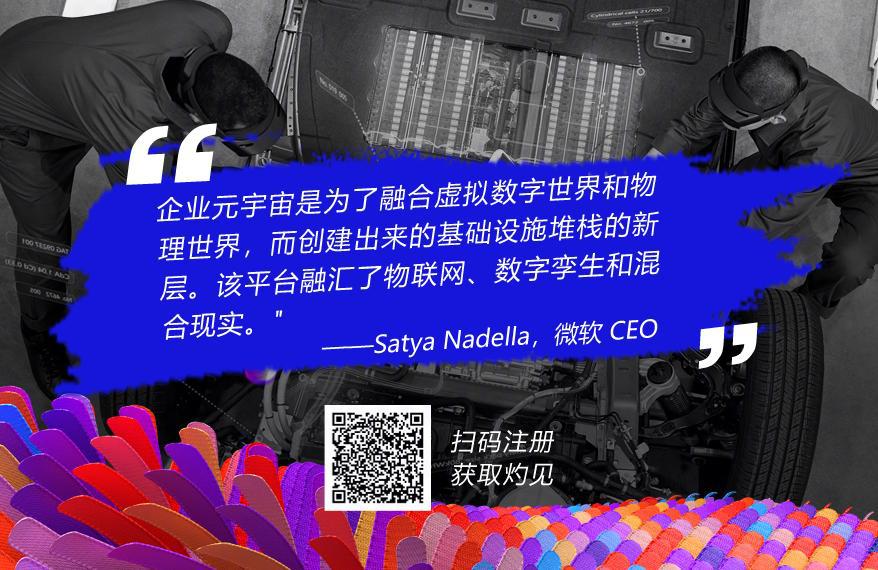As with all new technologies, the Metaverse is surrounded by misconceptions (like there will only be one) and substantially more hype than substance. But it is being used successfully (and at scale) already for simulations — from building virtual objects collaboratively (like an architect creating a virtual representation of a building) to advanced testing for autonomous robots and vehicles. And there is potential to use it to boost productivity, since it could help address privacy issues that surround monitoring employees and getting more from them, as well as the autonomous systems coming to help or replace them.
Here's how an implementation of metaverse technology could become a powerful tool to monitor and improve productivity.
Quality over quantity
When I was an internal auditor, the Auditors in Charge (AICs) tended to believe that working 16-hour days, seven days a week, was the only way to fully accomplish the role. But even with that massive load, our teams couldn’t look at everything, and we were so exhausted we missed a lot. When I eventually took over the team, I implemented a program that was far less time-intensive, and our findings yield improved, because we were auditing smarter — effectively emphasizing quality over quantity.
Currently, the metaverse is largely used for simulation and, when tied to real data like that produced by security systems, can simulate a working environment at scale. That allows tools to be used to both highlight anomalies and simulate fixes before they’re rolled out. Over time, a paired simulation using direct-learning AI models should be able to anticipate how a group of employees is functioning and allow you to trial policies against a virtual group of employees without the real employees being affected.

Pulling aggregate (rather than employee-specific) data should allow you to understand how employees spend their time and create a bell-shaped curve that identifies where they are most and least productive against their defined objectives — allowing a senior manager to model changes for a better outcome.
One of the biggest productivity mistakes I’ve seen was at Intel (Intel is a client) when Andy Grove was CEO. Executives became concerned that too many employees were arriving late and leaving early, so they implemented a “back to basics” program; it consisted of managers and executives logging employees in and out, forcing them to stay for a full eight hours. Rather than increasing productivity, the program cratered it. Folks that had been taking advantage of shortened work days continued to waste time at work, while those who had been working excessive hours cut back to eight, adversely affectingtheir performance.
Had Intel been able to model this program before implementing it, something the Metaverse couldenable, the company could have avoided this obvious and painful mistake.
Another area that’s performed poorly over time is the open-concept office, where you eliminate cubicles and offices in favor of common areas or bullpens that appear more inviting. In practice, this approach was more disruptive — conversations were less private and noise was more likely to disrupt employees. And, of course, the pandemic made larger and more crowded common working spaces even more problematic.
Simulations of this concept that allowed employees to enter them virtually would have likely surfaced that noise and distraction problems. A company would be better served by experimenting virtually, finding the best configuration, and avoiding a costly remodel that had the opposite effect on productivity.
From simulation to the real world
The metaverse can offer multiple implementations based on what’s being simulated. And as we create digital twins of offices and employees, it can help companies test theories on productivity before they become viable. The goal should be on a healthy increase of productivity, not as a way to abuse employees.
My expectation is that the metaverse will evolve into one of the best ways to turn a company into a better place to work, both in terms of efficiency and for employee loyalty and job satisfaction — but only if it is done right. This means it should be used to test new employment theories with the dual objective of improving productivity and job satisfaction.
The downside, of course, is that the metaverse could be used for less savory reasons — to simulate and model abusive policies that employees might not notice. (Case in point: Apple how Apple treats former employees — this has to be one of the most uniquely mean things I’ve ever seen a company do.) Obviously, the focus needs to be on the healthy increase of productivity, not employee abuse.
Assuring a positive outcome for both employees and the company at the start of any project helps assure a favorable outcome. In the end, we will likely learn how to better differentiate between good and bad motivational and productivity efforts with far less adverse impact on employees. That last will make this effort more than worthwhile.









